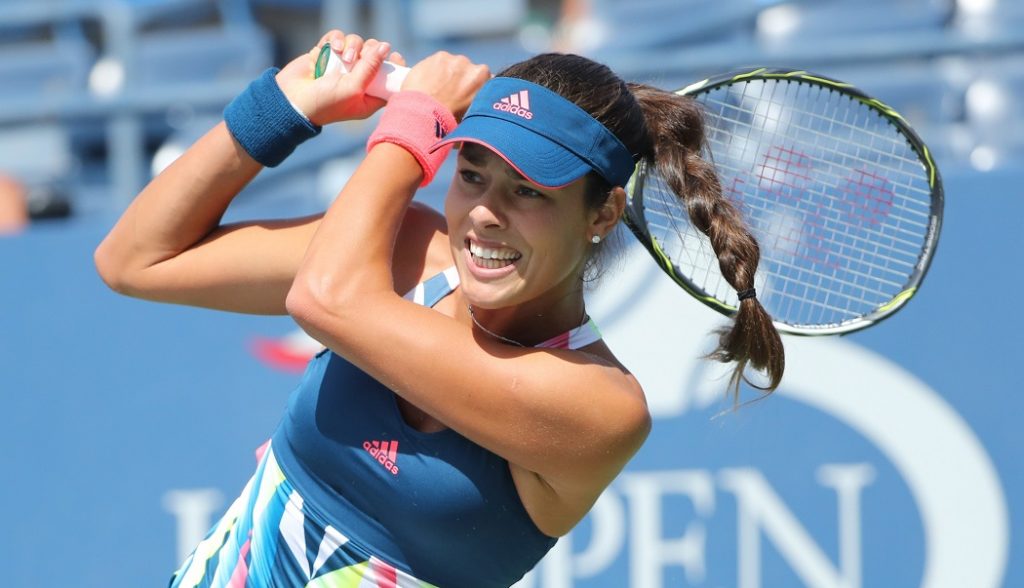Why Adidas has shown no signs of slowing down on growth track
August 17, 2017
Adidas has shown no signs of slowing down on its growth track.
According to the release of the second quarter earnings of 2017, Adidas group’s global revenue grew 19% (on a currency neutral basis) to £4.89 billion ($6.29 billion), faster than the group’s expected annual growth rate of 11-13%, as well as the first quarter growth rate of 16%.
Therefore, Adidas’ revenue in the first half of 2017 increased by 18%, reaching £9.52 billion ($12.24 billion).
“Based on the strong first-half performance, we are raising our full-year guidance. We’ll grow both our top and our bottom line faster than originally anticipated,” Adidas Global CEO Kasper Rørsted said earlier this month.
In July, Adidas raised its revenue growth to 17%-19% (previously expected 12% – 14%). In addition, its gross margin, operating profit and operating margin are all expected to grow faster than what was originally forecast. Adidas share price have risen by 9.34% since it raised the target earlier this month.
However, the strong performance of Adidas is a bit unusual in comparison with competitors.

Earlier this month, the U.S sports brand Under Armour cut its annual revenue growth to 9-11%, lower than the previously expected 11-12%, while reducing annual earnings per share to 28p (US$0.37).
In June, Nike announced financial figures for the 2017 fiscal year, the annual revenue reached £26.67 billion ($34.35 billion), an increase of 8%. Such growth is a bit slow, according to Nike’s target to achieve £38.82 billion ($50 billion) revenue in 2020.
Meanwhile, yoga apparel brand Lululemon recently released a quarterly performance report with a revenue of £403 million ($520 million), an increase of nearly 5%, lower than the previous expected growth of 7%.
Things are a bit different for another German sports brand Puma. According to its parent company, Kerring Group, Puma’s quarter revenue grew 16% to £879.5 million ($1.13 billion). Puma also raised its full year outlook for 2017 to 12-14%.
Adidas and Puma have a common driver of growth; women’s products.
According to financial website Quartz, Rorsted said earlier this month that Adidas’ women business, including footwear and apparel, increased 77% in North American and grew by 27% in Western Europe.
The reason why Adidas could make such a progress in mature markets like North America and Western Europe is due to improved specialised products (such as the PureBoost X running shoes), improved shop displays and improved marketing campaigns featuring female influencers.
Women’s sports is becoming an increasingly important business for Adidas. Board member Eric Liedtke has previously said that the company was not satisfied with last year’s women’s business revenues, which accounted for 23% of total revenue, and said in the next 4 years Adidas will increase this percentage to 28%.
To make this happen, Adidas signed a series of female influencers, such as former tennis star Ana Ivanovic and model Karlie Kloss, to participate in product development and marketing campaigns.

In addition, Adidas put its growth prospects on all young consumers. Rorsted said in March this year that Adidas would focus on the development of digital channels to attract young consumers and will gradually give up television advertising.
In addition to the grasp of the consumer population, Adidas has also made a breakthrough in regional strategy. In the second quarter of 2017, sales in key markets – Greater China, North America and Western Europe – rose sharply.
Among them, Greater China sales grew by 28%, which ranked first in all markets. Sales in North America grew by 26% and sales in Western Europe increased by 19%.
The company’s resurgence in North America has benefited from significant investment in the market in recent years, having set up a ‘Brooklyn creative farm’ to foster more creative designers and ideas, while a major flagship store was also opened in New York.
Adidas also moved its global creative director and senior executives to the company’s US headquarters in Portland and appointed American Mark King as the CEO of North America.
With these moves completed, Adidas took back its market share and also put more pressure on the No.1 brand, Nike. Still, Rorsted said in an interview after the release of the second quarter earnings report: “We’re by no means where we need to be.”
Stay focused, stay grounded. #ORIGINALis
See the full film: https://t.co/nhY9NOMYiP@adidasOriginals pic.twitter.com/ugszR5w2C1— adidas (@adidas) August 10, 2017
Adidas clearly still remembers the plight of two years ago.
Former CEO Herbert Hainer wrote in the company’s annual report in 2014: “True champions come out and show their worth after defeat. Only those who analyse their mistakes, learn from them and work intensively on their own weaknesses have what it takes to be true champions.”
While Hainer was talking about defeated champions, Adidas only had a revenue growth of 6% in 2014, while total revenue reached £13.21 billion ($16.99 billion). Net profit fell 37.7% in the North America market, slipping to the third place behind Nike and Under Armour. In 2012 and 2013, the group’s revenue only grew 3% and 6%.
From the beginning of 2015, Adidas picked itself up. Their annual growth went through a 10% and 18% rebound while net profit grew 41% in 2016, exceeding £908 million ($1.16 billion) for the first time. The company’s share price made a beautiful rising curve, doubling in two years.
All these changes began in March 2015, when Adidas launched a new global strategic framework. Under this framework, Adidas set three strategic directions: Speed, Cities and Open Source. The main purpose of this strategy was to accelerate, strengthen contact with consumers and ultimately obtain more market share and revenues. So far it’s been a success.
Lanxiong Sports is the first sports business content provider in China and has become the first multi-service platform of the industry. Click here to see what we are doing.




